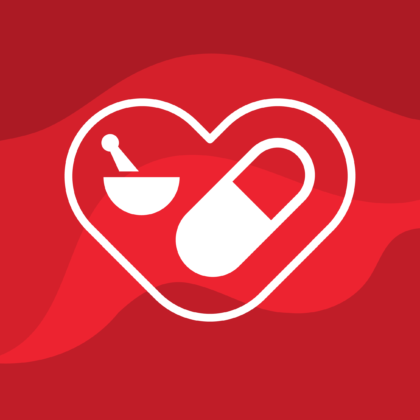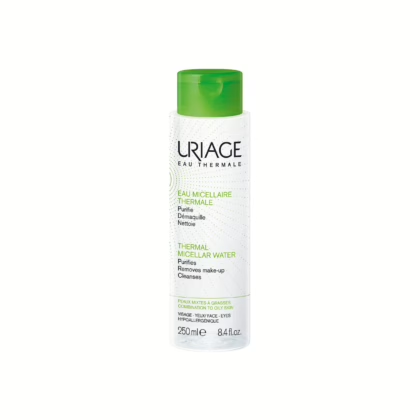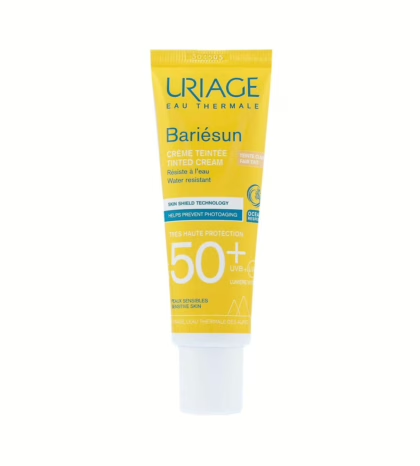Traditional hair removal procedures are exhausting and time-consuming? Are you considering using laser for hair removal, but there are certain common myths that scare you and have a negative impact on your decision? Let’s learn more about laser hair removal…
After you’ve busted the most common myths about laser hair removal and corrected them, you’ll need to learn more about the procedure itself to make an informed decision…
It is a cosmetic procedure that can remove hair permanently. Lasers vaporize hair to remove it. The length of the session depends on the size of the region being treated.
Before you begin, tell your dermatologist if:
Then the dermatologist will also examine your skin since the effectiveness and the success of laser hair removal depends on a number of factors, including where the unwanted hair is located on the body, the color and coarseness of the hair, and where the hair is in its growth cycle.
Some women apply anesthetic cream/gel, as many describe the laser pulses with warm pricks, and it takes about 30 to 60 minutes to work.
Following your dermatology’s instructions helps reduce potential side effects. These instructions include:
Although your treated skin will become red and inflamed, you will be able to resume your normal activities immediately.
The most common side effects are minor and last one to three days. These side effects include:
Also, when a dermatologist performs laser hair removal fewer side effects can happen. It is also important to follow your doctor’s instructions because following both the pre-treatment instructions and the post-treatment instructions will greatly reduce the risk of side effects.
The color and thickness of the hair, the treated area, the type of laser, used and your skin tone affect the results, so results vary from patient to patient but you can expect a 10% to 25% reduction in hair after the first treatment. Most people need 2 to 6 laser treatments. After this, most patients do not see any hair on the treated area for months or even years! When the hair grows back it tends to be less. The bristles also tend to be finer and lighter in color.











